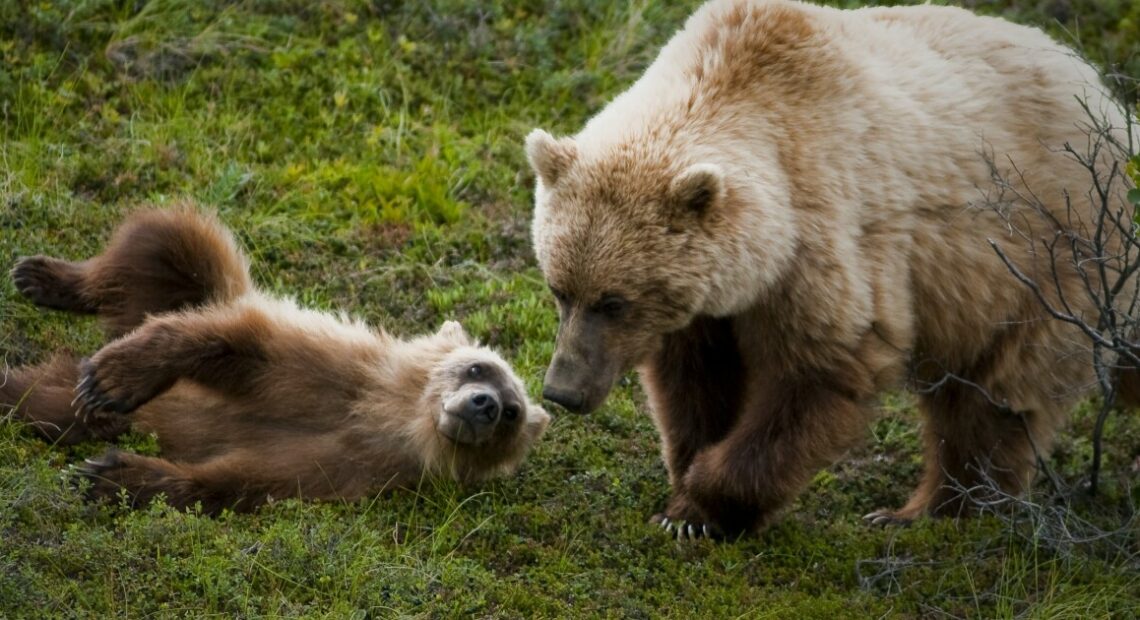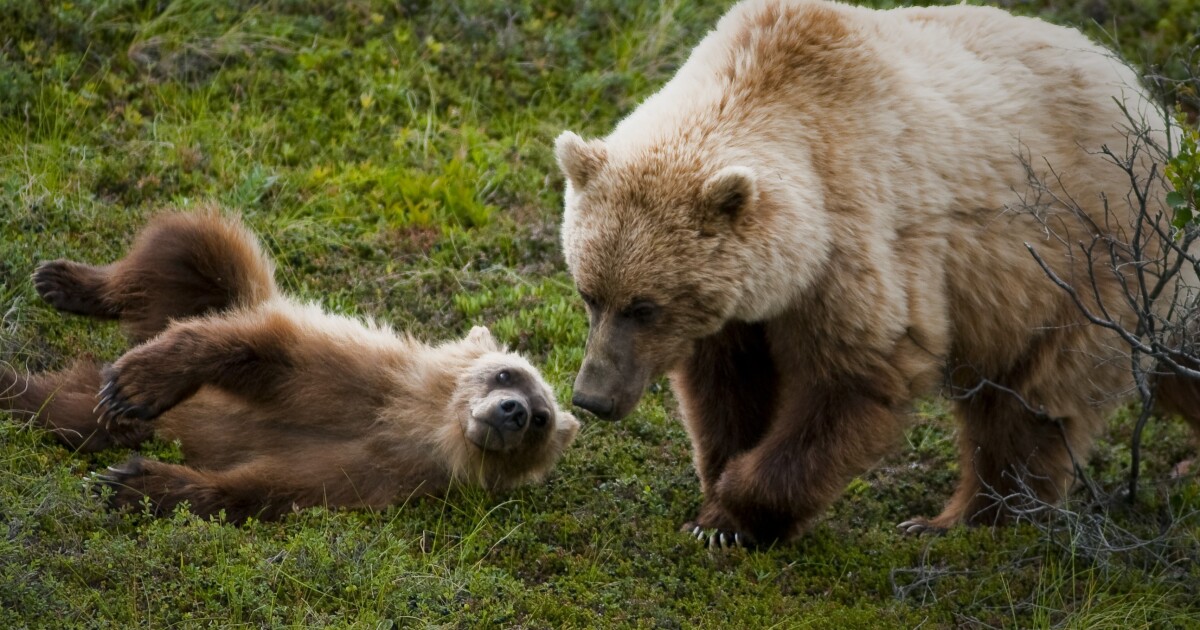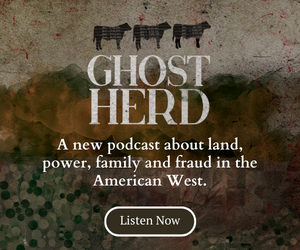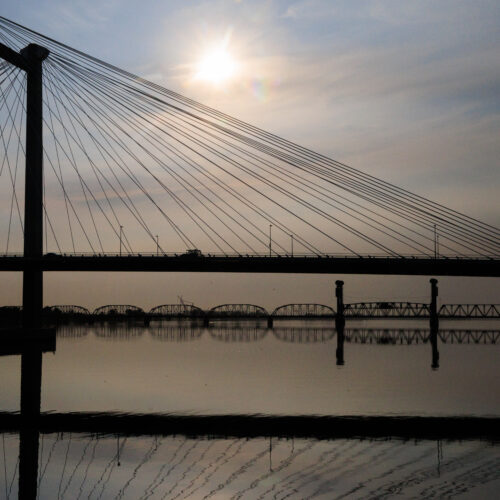
Could the status of grizzly bears change in the lower 48 states?
Listen
(Runtime 0:55)
Read
There could be updates to how grizzly bears are categorized under the Endangered Species Act. However, grizzlies would still be considered threatened in all of Washington state and parts of Idaho.
The U.S. Fish and Wildlife Services thinks it would one day make it easier to delist grizzlies if the federal government changes things up. In its proposed status change, grizzlies would remain threatened in areas where they currently live or habitat where they could one day live.
Those would be “distinct population segments” in Washington and parts of Idaho, Montana and Wyoming. Grizzlies wouldn’t be considered threatened all over the lower 48 states.
“If a bear were, for example, found in Oregon, it would not be protected under the Endangered Species Act,” said Shaleas Harrison, the Wyoming resource coordinator for the Western Landowners Alliance.
The advocacy group gave a presentation on Wednesday regarding the proposed updates. The U.S. Fish and Wildlife Service canceled four public meetings after President Trump’s inauguration “in light of the recent transition and the need for this Administration to review the recent grizzly bear proposed rule,” according to the service’s website.
Grizzly bears were listed as threatened under the federal Endangered Species Act in 1975. That designation extended to all of the contiguous U.S., including areas outside historical grizzly habitat, according to the Fish and Wildlife Service.
The proposed changes are in response to a settlement with the state of Idaho that requires evaluating grizzly bear listings by Jan. 1, 2026. The service also found grizzlies in the Northern Continental Divide Ecosystem in Montana and the Greater Yellowstone Ecosystem that span parts of Montana and Wyoming that are “not warranted” for delisting.
These changes will increase the speed of recovery and overall viability of grizzly bears, according to the service.
“This reclassification will facilitate recovery of grizzly bears and provide a stronger foundation for eventual delisting,” said Martha Williams, former U.S. Fish and Wildlife Service director, in a now-archived news release.
The proposal won’t affect grizzly bears in Washington’s North Cascades. Last year, a new plan was approved to bring grizzly bears into the region. There’s no set timeline for grizzly relocation to start up.
Sue Lani Madsen spoke at a Western Landowners Alliance Meeting. She raises livestock in Washington and has concerns about the North Cascades Ecosystem.
“ We’re talking about the calves, we’re talking about our livestock and our good dogs. What about those areas where there are a lot of people?” Madsen said.
Fish and Wildlife conflict specialists said there will be different management zones that account for populated areas.
The Fish and Wildlife Service would also like to add more protections for people dealing with grizzly bear conflicts, called a 4(d) rule. The rule would add more flexibility and responsiveness when conflicts arise, according to the service.
“ There’s obviously impacts. There’s direct deprivation. There’s folks who are looking over their shoulders, maybe you’re carrying a rifle when you’re going out to irrigate,” Matt Collins, the working wild challenge manager for Western Landowners Alliance, said.
People can comment on the changes through March 17.
















